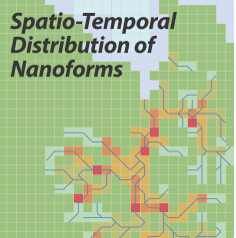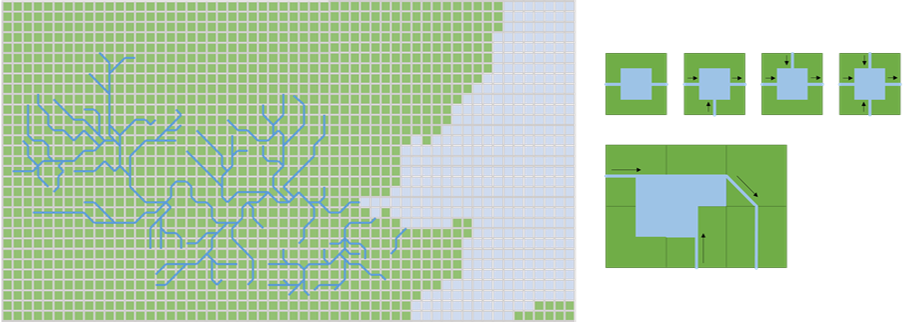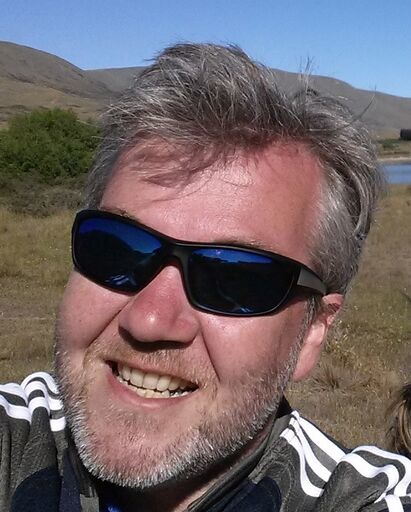The NanoFASE Water-Soil-Organism Model
The NanoFASE water-soil-organism (WSO) model predicts the fate and bio-uptake, across space and in time, of nanomaterials entering the soil and aquatic environments. It works by coupling submodels for environmental compartments: soils, rivers, bed sediments, lakes, estuaries and the sea, and simulating the transport of nanomaterials between these compartments of nanomaterials in different forms and states. The model takes account of the fact that within each compartment, nanomaterials can transform between different forms and states, and be taken up by the biota present.
| Learn about outputs from the WSO model: | Browse the catalogue of model equations: |
 |
 |

Above is an example of the gridded structure of the NanoFASE WSO model. The model uses a grid to locate specific environmental compartments. Here, land grid cells represent soil (green) and estuary or freshwater (dark blue). Sea grid cells contain only sea (light blue). The diagrams on the right are examples of layouts of river reaches and lakes within a land grid cell.
 |
The NanoFASE WSO model must be coupled to a source of data on nanomaterial releases, concerning inputs of nanomaterials either to soils or directly into surface waters. The model can also be coupled to an atmospheric deposition model to simulate the fate of nanomaterials which were emitted to the atmosphere and subsequently deposited to the land or water surface. |
Read more |
|
Workflow for a tiered exposure assessment |
|
Contact
 Stephen Lofts
Stephen Lofts
Centre for Ecology and Hydrology (CEH)
Email: stlo@ceh.ac.uk
